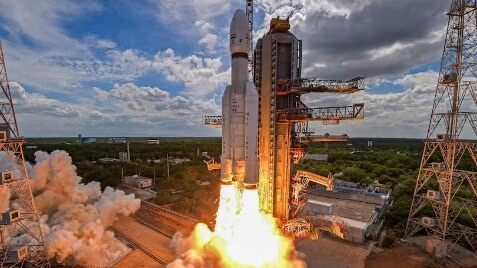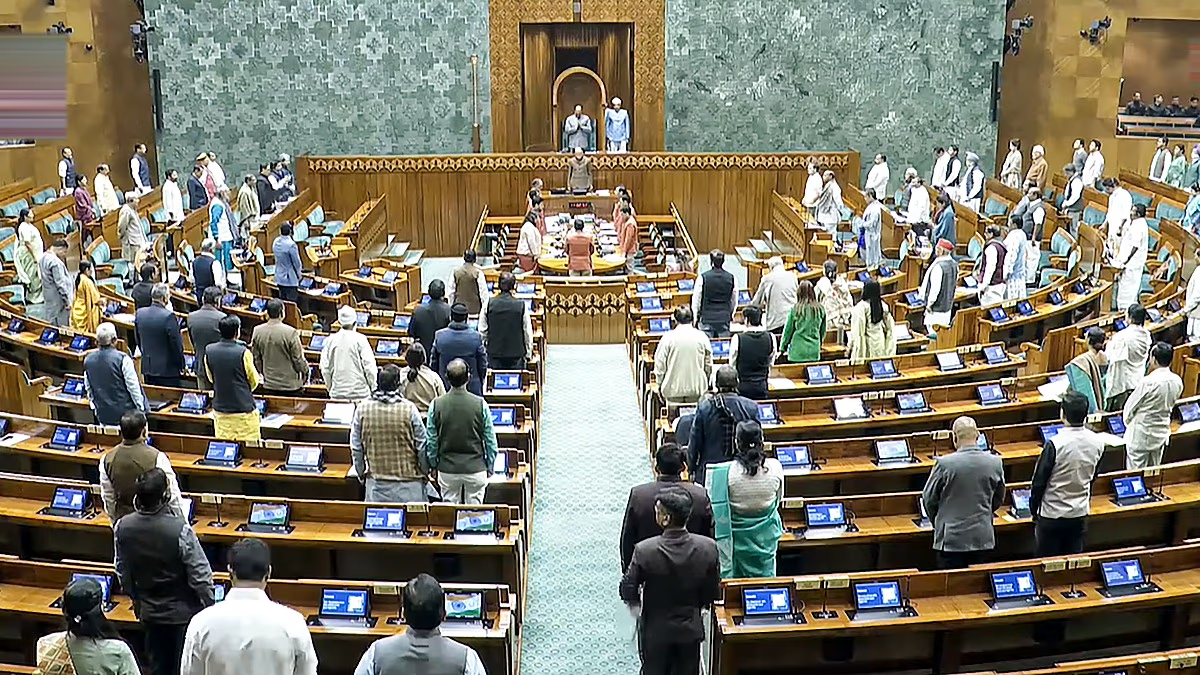The chief of the Indian Space Agency ISRO, S. Somnath, highlighted the ambition to land an Indian on the moon by 2040, demonstrating a profound dedication to human space exploration and inspiring future generations. He shared these insights at the Indian Space Conclave organized by the Indian Space Association in Delhi.
The Minister of State for Science and Technology, Space, and Atomic Energy, Jitendra Singh, announced that India would launch a satellite for the European Space Agency next month for solar research. India's solar mission is already underway, with Aditya L-1 having reached its orbit around the sun earlier this year.
450 Companies in Space Ventures
Somnath articulated, 'India's Vision 2047 indicates our historic commitment to innovating our space program and boosting our economic prospects through space. This vision involves 450 private companies in areas such as space sector advancements, launching, and satellite construction.'
Chandrayaan-4 Mission Receives Green Light
Prime Minister Narendra Modi's cabinet has approved the Chandrayaan-4 mission, aiming for completion within 36 months, with funding of INR 2104.06 crore allocated. The mission includes the Chandrayaan-4 spacecraft, two LVM-3 rockets, and infrastructure for constant communication with the craft.
ISRO Chief Dr. S. Somnath previously mentioned that Chandrayaan-4 will not be launched in one go but in segments, which will be docked in space. This approach will aid in future efforts to construct an Indian space station. This is an unprecedented venture for ISRO.
Goal to Send Humans to the Moon by 2040
Chandrayaan-4 will be deployed in parts and assembled in space, facilitating the retrieval of lunar samples. This modular approach will not only aid in sample retrieval but also pave the way for constructing the Indian space station (BAS) using similar methods. Therefore, Chandrayaan-4 is vital to these future goals.
This mission aligns with the government and ISRO's Vision 2047. ISRO aims to establish the Indian space station by 2035 and land an Indian on the moon by 2040 using indigenous technology and expertise.
Indian Space Station Formed by Five Parts
The Indian space station will be assembled in space from several components, with the first part launched via the LVM3 rocket, expected around 2028. A proposal is being drafted for government approval, aiming to assemble the station from five distinct parts, currently under the diligent work of our scientists.




